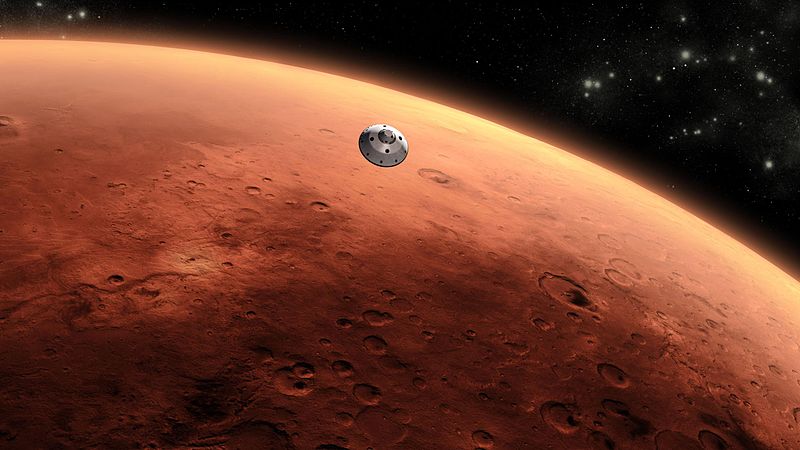On July 20, the 50th anniversary of humanity’s first lunar landing, America celebrated the moment when we slipped the surly bonds of Earth to alight on an alien shore.
Few feats in the annals of exploration or discovery — the journeys of Christopher Columbus, Giovanni Caboto, and Giovanni da Verrazzano; Marco Polo’s trek to Cathay; the flights of Charles Lindbergh, and Italo Balbo — come close to equaling the epochal voyage of Apollo 11. The Tranquility Base (Statio Tranquillitatis) landing site is hallowed ground.
“We choose to go to the Moon,” enunciated President John F. Kennedy, “because that goal will serve to organize and measure the best of our energies and skills, because that challenge is one that we are willing to accept, one we are unwilling to postpone, and one which we intend to win.”
And that U.S. victory on the south-western corner of the lunar lava-plain of the Mare Tranquillitatis was indeed a triumph of liberty over Soviet tyranny. Long Island’s historic Grumman Corporation in Bethpage played a key role in designing and building the Lunar Module. However, the voyage of Apollo 11 also underscored the inherent universality of America’s lunar mission.
Neil Armstrong, Buzz Aldrin, and Michael Collins boldly trekked to an alien world. Yet in planting Old Glory on the surface of the Moon, Armstrong and Aldrin (with Collins circling above in the Columbia Command Module) arrived “in peace for all mankind.”
But then we abandoned the final frontier. Had the United States not squandered its commanding lead in space exploration following the Apollo program, Mars would already be an American preserve.
According to planetary scientist Carolyn Porco, an alumna of Stony Brook University who led the Imaging Science Team on the Cassini mission to Saturn, NASA had plans for “an integrated human flight program that would expand on the developments of Apollo: the establishment of a 50-person lunar base, a 100-person Earth-orbiting space station and human landfall on Mars all by the mid-1980s.”
Moreover, Dr. Porco noted that NASA’s plans “also included a 50-person semi-permanent Martian base by the end of the 20th century.” Instead, “we renounced the Moon, abandoned Apollo and the Saturn V (rocket) and retreated to low Earth orbit, where we’ve spent the last 25 years going around in circles.”
Rather than frittering away the nation’s precious material resources, financial capital and technological acumen on multiple military misadventures, the American political establishment should see beyond partisan wrangling and engineering and propulsion obstacles and commit to a decade-long pathway approach for landing astronauts on the Red Planet.
In addition to providing the U.S. economy with a sinewy economic boost, a Martian mission would confirm Buzz Aldrin’s cri de coeur: “America’s reach for the red planet is a litmus test for determining the health of our spacefaring nation.”
Yet there’s another reason for a sojourn to the solar system’s fourth planet.
Last year, Italian scientists discovered what appears to be a buried lake on Mars, the first known stable reservoir of liquid water found on that world, and a strong indicator of past or even present life on the Red Planet.
The discovery occurred under the auspices of ASI, the Italian Space Agency, INAF-National Institute of Astrophysics, Roma Tre University, D’Annunzio University, CNR-National Research Council and Sapienza University of Rome.
Announced at a press conference in Rome, the results were documented in a study published in the July 26, 2018, edition of Science.
“The presence of a body of liquid water beneath Mars’s south polar cap has various implications, opening new possibilities for the existence of microorganisms in the Martian environment,” said Sebastian Lauro, a study co-author based at Roma Tre University in Rome. “Moreover, it provides a valuable confirmation that the water that once flowed abundantly over the Martian surface in the form of seas, lakes and rivers filled the voids in the subsurface.”
In 2020, ExoMars, the ESA (European Space Agency) mission under Italian leadership, will reach Mars searching for signs of life at a depth of up to two meters (6.5 feet) below the surface of the Red Planet.
NASA, phone Rome.
































